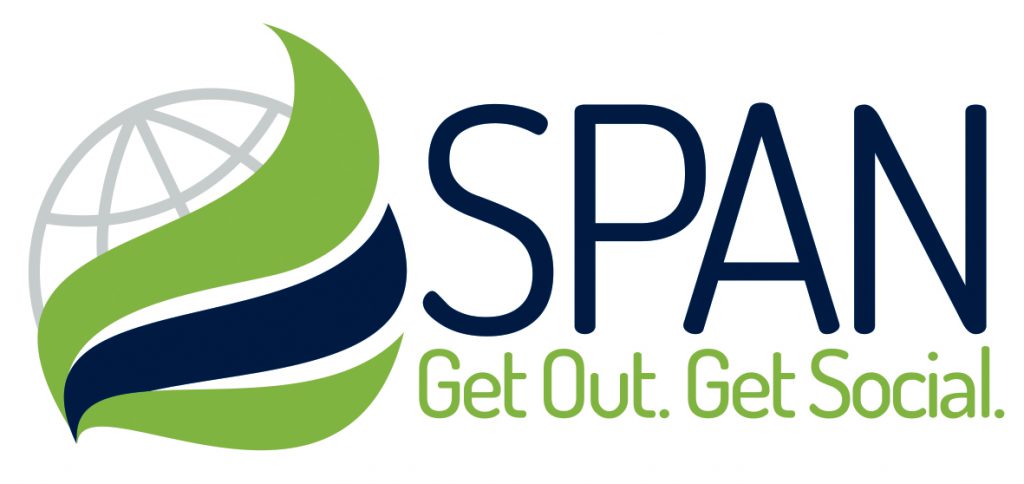The Strength-based approach focuses on a person’s positive traits rather than his negative traits. An adolescent, for example, can believe his strengths are patience and persistence and he will use these traits while setting the intervention plan.
Strength-based intervention programs are based on the philosophical assumption that each person has strengths that are his abilities to cope with difficulties, function during stress, use external challenges as growth drivers, and use social support as a resilience source. According to this approach, the person’s strengths are the main resources to use when planning the intervention program.
The adolescent and his family are involved in the decision-making process and while it focuses his strengths, the expectations from the intervention are positive.

